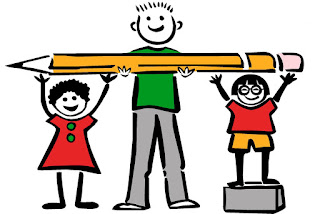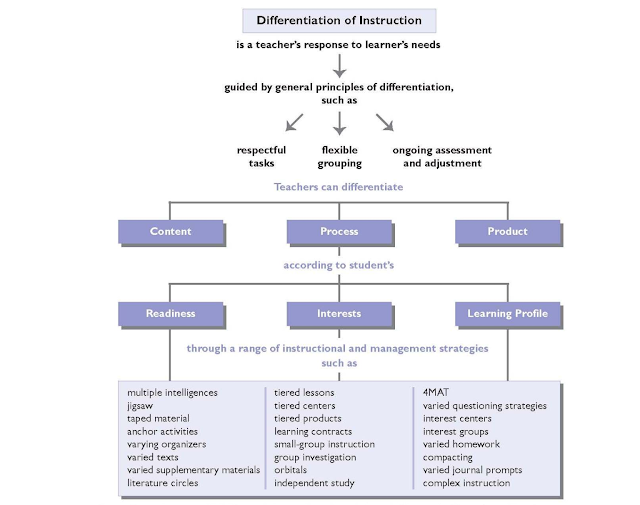The Importance of Writing

The Importance of Writing Communication is a necessary part of every day life. More importantly we use writing to communicate not only in work, in school, but also use writing in every day tasks such as email, shopping, traveling, and living. History, record keeping, and art is the basis of writing. Since writing is a main form of communication, and most jobs require writing, writing is taught from an early age. Words are everything. Words give everything in it meaning. Writing is so Important because all walks of life communicate using writing. There are many different languages and ways to write, but with technology and translation, writing must effectively and proficiently be conveyed to each other to keep the world running , or countries in civil communication. Communication through writing helps form relationships, secure political deals, conduct interviews, secure business deals, and help students graduate through school. Writing, in all forms, has helped accomplish tasks

